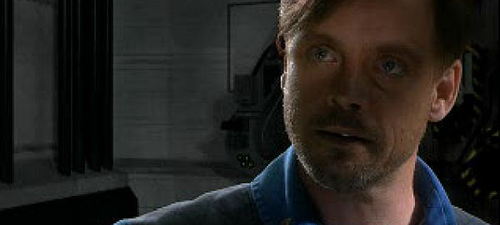
Stars Wars is NOT Mark Hamill’s greatest role
Controversy! That’s the way to get people to read stuff, right? Clickbait. But I do have a point to make.
The latest episodes of Star Wars are well on the way to being the most successful films of all time. Yes, it seems that the franchise has survived the serious physical and mental abuse inflicted upon it by its own father – a bit like Luke Skywalker.
Not including the five seconds of beard-in-a-hood footage at the end of The Force Awakens **BELATED SPOILER ALERT**, there’s been a big gap since we last saw Luke Skywalker himself, aka Mark Hamill, on our screens. Or has there? He’s been on my screen quite a lot through my life, and I’m not talking about a weird Google images search either.
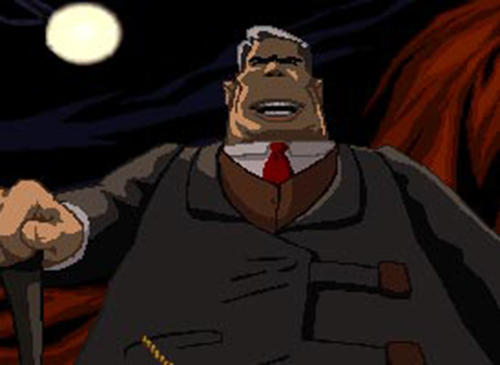
As you may be aware, Mr Skywalker is also one of the most talented actors in videogames. He’s been the obese villain of beloved motorbike adventure Full Throttle, but he’s chiefly recognised for being everyone’s favourite Joker – in the recent Batman videogame revivals of Arkham Asylum, Arkham City, and Arkham Knight. His laugh, his mannerisms, his delight in others’ despair – yes, Heath Ledger got nothin’ on Mark.
But still, all of this is but a shadow to what Mark means to me in games. For he is the saviour of the galaxy in yet another of the greatest sci-fi space opera stories of all time: Wing Commander.
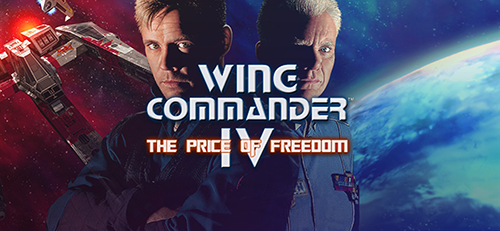
The Future of Entertainment
So what is a Wing Commander anyway? Back in 1990, a man named Chris Roberts had a glimpse of the future. He’s a bit like a gaming Yoda, but less old and less green.
He saw a way of telling a story like a film, but a film in which you played a part. Your decisions and actions would shape the course of history, would decide the fate of your friends, your enemies, and the whole galaxy.
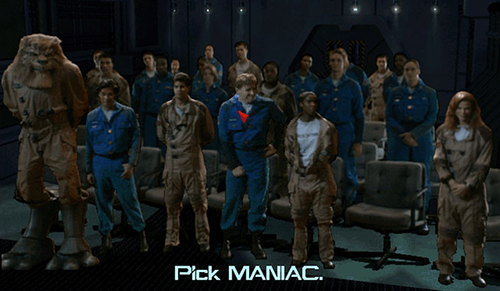
Wing Commander is the story of a future human race fighting to defend the known universe against aggression. Over the course of many games (over ten now, including spinoffs) you fight intense dogfights in the vacuum of space to fight the good fight.
The first two games were very basic indeed – but 1994’s Wing Commander III was a breakthrough. Finally, Chris Roberts’ vision had been realised: it featured live-action cutscenes with actual movie stars, including Biff from Back to the Future (Tom Wilson), Gimli off Lord of the Rings (John Rhys-Davies), and the legendary Malcolm McDowell (a ‘British person’ off South Park). Roberts was director, and basic set designs were supplemented by green screen CGI – impressive for the time.
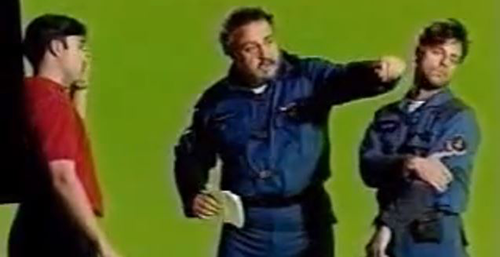
The story was shaped both through dialogue choices in these cutscenes, and in the in-game action: whether you decided to disagree with someone and pick a fight, or whether you failed objectives or destroyed your targets. The actors were bemused by Roberts’ ideas – the way they had film scenes multiple times, with different reactions, responses and emotions depending on what the player chose. It was hard work, and it was complicated at the time – but it works. It basically beat Mass Effect to the punch by years.
The main part of the game is space combat – and damn good that is too. The first two games are hard as nails, but as the series found its feet both commercially and artistically, so too the game improved. Wing Commander IV, in 1996, is almost perfection (and marks no.102 in the 1001 games to play before you die).
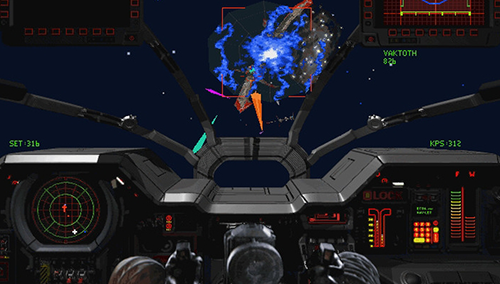
However, the most ambitious part of the whole franchise is the concept of a branching mission tree. It rarely works in practice, because if you fail you simply try again – but in theory, it’s an incredible idea. Should you fail a mission, or a objective doesn’t go your way – like when the giant space cats called the ‘Kilrathi’ fuck up your plans – the story takes a different route. You can sometimes correct your course with success in later missions, but sometimes you end up fighting to the bitter Game Over. The idea was to step up that feeling of immersion to the max, the idea that your efforts really were part of a greater whole.
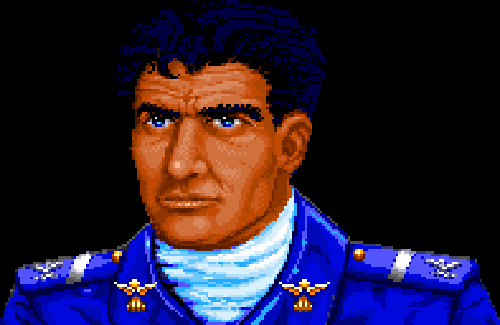
So what about Mark Hamill?
The hero of the original Wing Commander never end had a name. I guess the idea was that had he been given one, the immersion breaks – they are no longer you. However, the developers had to call him something, and because of his slightly unusual colouration of Blue Hair, he became known as.. Blair.
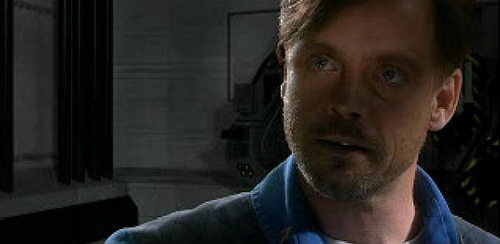
The name stuck. By the time of Wing Commander III: Heart of the Tiger, technology had moved on from sprite-based graphics, and Colonel Christopher “Maverick” Blair had now the face of Mark Hamill. Live action cutscenes may seem archaic in these times, but back then it was still revolutionary.
The game was a huge hit – and rightly so. The intricate plot draws you in, with twists and turns and betrayals – backed up by blitzing dogfights with intelligent AI. Two years later came Wing Commander IV: The Price of Freedom and, with a then-unheard-of budget of $12M, took it further. With the galaxy in turmoil in the aftermath of the war, some former allies turn renegade – the question of ‘do the ends justify the means?’ becomes a pivotal one.
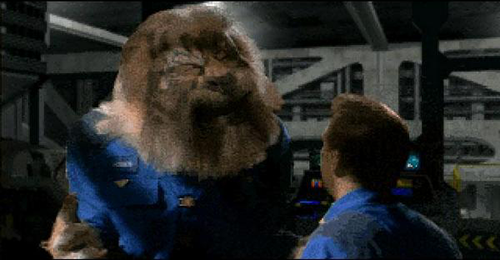
Throughout these games, Mark Hamill’s presence grounds you with a believable character: a regular hero, whose struggles (despite being mostly against giant space cats) can relate to your own. Because you inhibit his story, and because your choices become his choices, it becomes a much more personal tale than sitting in a cinema – and this, really, is the joy of games. But it also makes Mark Hamill’s Wing Commander that much more relatable than the superhuman Skywalker.
And to the future…
What’s most exciting is that Chris Roberts continues to push gaming forward – with his long-awaited Star Citizen. With a crowdfunded budget of now well over $50 million, it’s certainly ambitious – and the single campaign, known as Squadron 42, stars a certain familiar face…
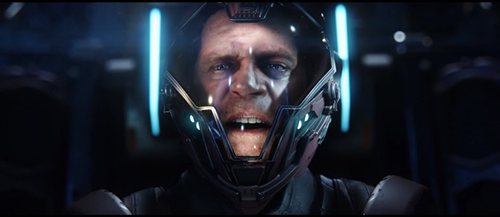
PC gaming’s come a long way in 20 years…


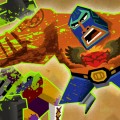

Comments are closed.